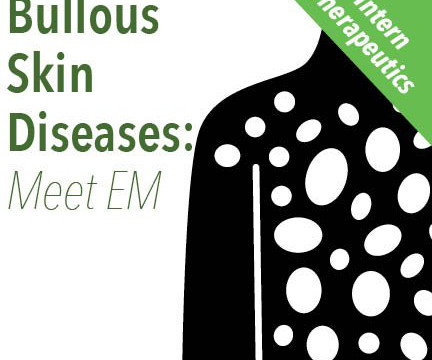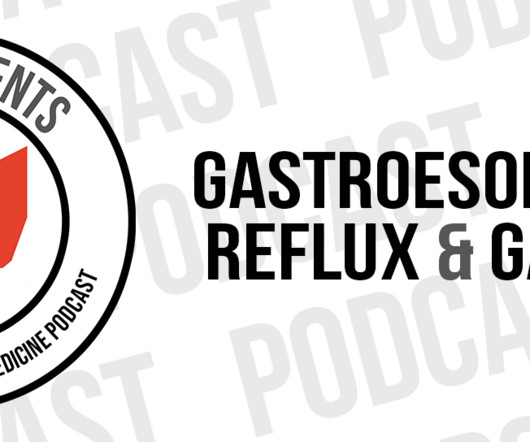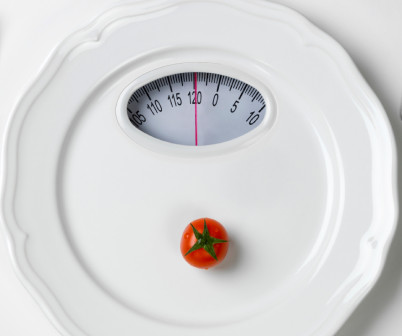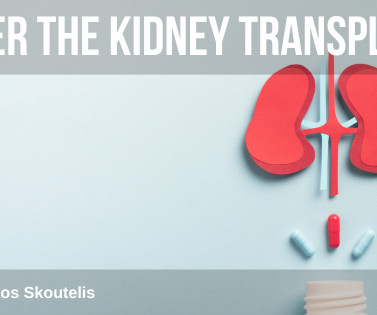Cerebral Edema and Diabetic Ketoacidosis: Rebaked
Pediatric EM Morsels
JULY 28, 2023
Kids < 5 years of age New onset of diabetes at presentation Longer duration of symptoms Severity of acidosis Elevated BUN Greater degree of dehydration and hyperventilation Cerebral Edema and DKA: Diagnostic Considerations Early detection and treatment is the best means to prevent brain injury and death. 2013 Sep;163(3):761-6.


























Let's personalize your content